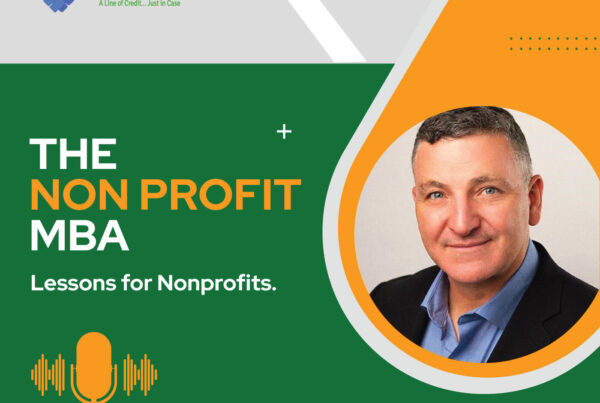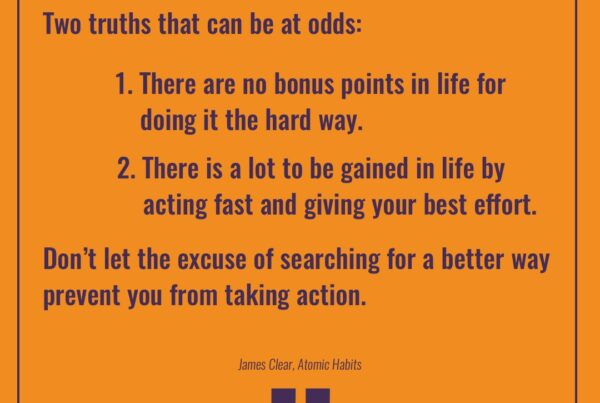Successful individual donor fundraising efforts are led by key volunteer and/or staff leadership. (Board Chair, CEO, Executive Director, President, Pastor, Rabbi)
Case Study
The Actors Studio for Young People (ASYP) is an exciting, high energy place. They have a mission to provide a safe, fun environment for young people (ages 6 to 18) to find their voice through the magic of theater, dance, song, poetry, writing, team work, and commitment.
They’ve been growing steadily over the past five years. Their founder, Andi, is a woman on a mission. Andi is in her mid-30s, tall, always in a hurry, single, and she devotes all her time to be with the budding young artists.

At The Actors Studio for Young People she does it ALL. Sort of.
What Andi most loves is to ignite passion in young people. She’s the only staff at this small organization with a budget of around $200,000. In addition to being the artistic director it’s also her responsibility to raise money, manage a nine-person board, produce all of the shows, manage four contract staff and 25-30 volunteer parents, do the social media, send out the enewsletter, and more.
Because she is committed to the young actors, Andi delgates parts of her job that she doesn’t really like, nor have any skills to do, to her board.
The missing piece is Andi never told any of the board members she is relinquishing some of her Executive Director duties, especially the fundraising duties. Board meetings have become uncomfortable and long with finger pointing and unfinished business.
Andi relies on the board to put on the annual fundraising gala. But, as the founder, change is difficult for Andi. She puts up barriers for new activities, new ways of sharing stories about ASYP making the task of fundraising always a struggle.
It wasn’t until Andi realized she needed to “get out of the way” that things began to change.
ASYP brought in a straight-talking coach to clearly identify their fundraising challenges and help create the path to fundraising success.
The first step was making sure someone had the title of fundraising manager. That position was assumed by the board chair during the time the organization worked to raise more money to support a part-time development person.
The new role of fundraising manager ensured time was spent at each board meeting talking about these topics:
- Who just made a contribution?
- Who will call and thank them?
- Who will send the thank you letter/receipt?
- What event will we invite that new donor to so we can engage them for longer than one gift?
- What is our plan to add additional new donors in the coming month?
- What is our plan to keep our existing donors engaged in the coming month?
While these are usually topics for staff and a fundraising committee, this board had to tackle them first to truly understand the answers. Now they know exactly how much time it takes to do stewardship and fundraising work.
What Andi and the board quickly noticed was that by assigning the role of fundraising leader to one person — people began giving them more money.
Donors felt seen and welcomed.
When the thanking and follow-up tasks were spread across a few people and systems were implemented. . . less time was spent worrying about where the money would come from and more time was spent acknowledging those who WERE giving.
Annual fundraising revenue increased at The Actors Studio for Young People from $25,000 to more than $100,000 over the course of 9 months.
True story.
To learn more download a free excerpt of the book: Nine Steps to A Successful Fundraising Campaign.
Or purchase your own copy of the new 2019 edition here.






